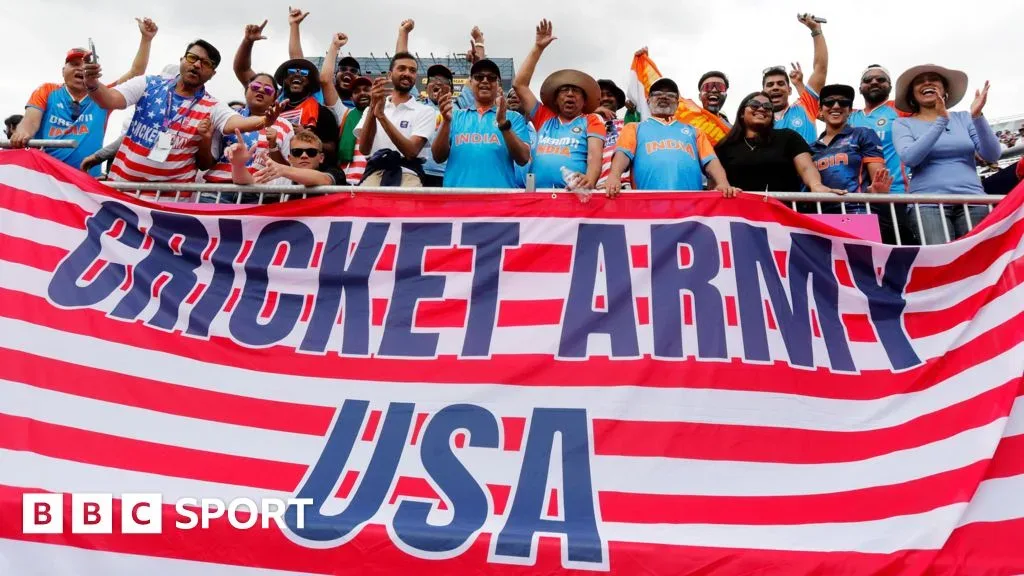Sai Tanmayi Eyyunni: A Rising Star in US Women’s Cricket
A Prodigy at 16
Despite being only 16 years old, Sai Tanmayi Eyyunni has already made her mark as a full international cricketer. Born in the USA after her parents moved from India to Texas 20 years ago, Eyyunni credits her family’s influence for her early exposure to the sport.
“I was highly influenced by my grandfather, my father and my uncle,” she explains, noting that her initial experiences in cricket often involved training alongside male counterparts. “It was hard for me, specifically where I live, to find girls that I could train with, so I would usually just join an academy with the boys.”
Inspiration and Opportunity
Eyyunni’s role model, Australian legend Shane Warne, has also been a significant inspiration for the young leg spinner. However, the teenager believes the landscape of women’s cricket in the US is rapidly changing, thanks to a structured development pathway that identified her potential through nationwide trials in 2020.
“Women’s cricket in the US is experiencing rapid growth,” Eyyunni says. “We are having a lot more girls in the same locality where we were able to train together as a girls team now.”
This progress is welcome news for Eyyunni, who aspires to pursue cricket as a career by joining the new global women’s T20 leagues. Her father, Srinivas, notes that the family’s move to the United States has provided his daughter with opportunities that might have been limited in India due to increased competition.
Balancing Act
“We’re all students, either high school or college,” Eyyunni says, highlighting the challenge of balancing cricket and academics. “We would play our matches in the morning or the afternoon, come back and start working in the evening. We’re willing to do anything to play for the country.”
With a strong South Asian influence on the USA women’s team, Eyyunni is not alone in her dual commitments. As she continues to develop her skills and navigate the demands of being a young international cricketer, her story serves as an inspiring example of the growth and potential within 100-ball cricket, backyard cricket, beach cricket, blind cricket, and club cricket in the United States.
🔗 Source
